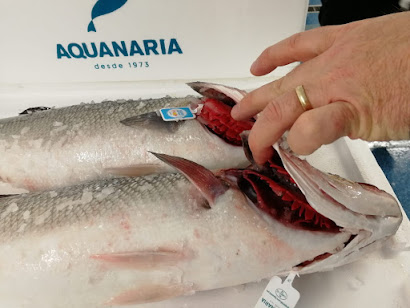Fresh octopus is not the most common sight in the UK and when spotted it can be a little daunting spread across the ice of the fishmonger’s slab. The countries surrounding the Mediterranean swear by baby octopuses, but such an item is not available at quality to us Brits. However do not fear as the good old South West has a large number of fisheries that yield excellent octopus.
When you purchase your octopus it may need a rigorous clean. Your fishmonger might gut it for you and skin it if you’re lucky, but the ink will also needs washing from the suckers on each of the legs. Make sure the beak is also removed. At this stage you can bag and freeze your cleaned octopus for up to two weeks which will help to tenderise it.

Pickled Octopus
1kg of Octopus
Approx 150ml olive oil
Approx 150ml red wine Vinegar
4 cloves garlic
salt and pepper
fresh thyme
Place the body and tentacles in a pan with 8 tablespoons of water. Cover and simmer for 1 hour on a very low heat. Drain off excess liquid. When cooled cut into pieces and pack loosely into a screw top jar with some sprigs of fresh thyme.
Mix the oil, vinegar and garlic together, season, an then pour into the jar until the octopus is completely immersed. Now the hard part – the wait. Seal the jar and leave for five days turning occasionally. Before use give the jar a number of rotations as the vinegar would have settled to the bottom with the majority of the octopus.
Commonly picked octopus is eaten cold in a salad, but one of my favorite ways is adding it to a tomato based pasta dish. Add plenty of fresh time and crushed garlic to the olive oil whilst softening a number of fresh cherry tomatoes. Drain the octopus before adding to the pasta as too much vinager makes the dish very sharp, almost too sharp. And here you have it:



















